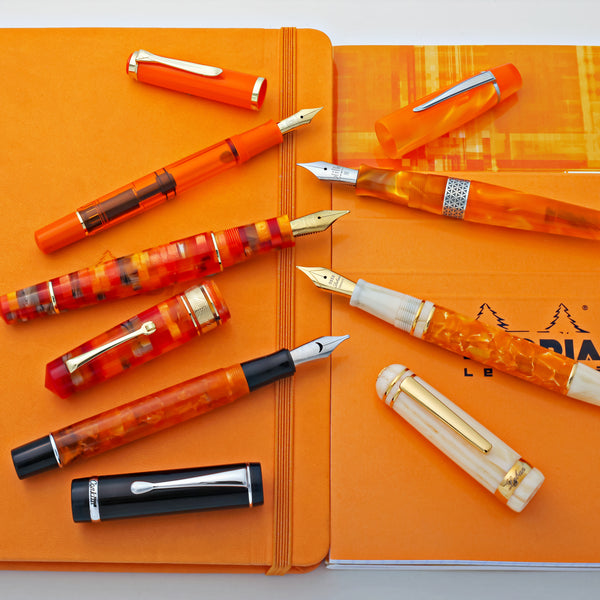How to Celebrate National Handwriting Day
Writing a letter
E-mails and texts can be so impersonal. These low fidelity forms of communication pale in comparison to receiving a handwritten letter or note. Even if you write a note for someone you live with, it will be special because we rarely see each other's handwriting these days.
Write a shopping or to-do list
Personally, I've found it more difficult to do grocery shopping during the pandemic. Not only am I keeping six feet from everyone in the store, I can't use facial recognition on my phone to unlock it and access the shopping list app. Instead, handwrite the shopping list so there is less dependence on the smartphone.
Also, stick to your New Year's resolutions by writing down your tasks daily, breaking up the big goals, like losing 15 pounds, and breaking them up into small, bite-sized tasks that can be done today, like going for a 30-minute walk or making a healthy recipe for dinner.
Take handwritten notes
Instead of screenshots, voice memos, and saving presentation slides, have a pen and paper handy during meetings to jot down essential takeaways and important bullet points.
Start a journal
A journal might sound like a long-term commitment but it's a lot easier than you think. Just simply write whatever is on your mind. It's a private, safe space for you to explore complex emotions, re-live memories, and express yourself without judgment. If you open up and leave it all out on the page, I think you'll be amazed at the result.
Write Pangrams
"The quick brown fox jumps over the lazy dog," is the most popular pangram, which is a sentence that uses all the letters of the alphabet. Since it uses all the letters, it's an ideal activity to practice handwriting and to test how well a pen writes. The sentences can seem wacky and funny to read out loud.
For example:
When zombies arrive, quickly fax Judge Pat.
Amazingly few discotheques provide jukeboxes.
The five boxing wizards jump quickly.
Post a handwritten quote on social media
Instead of sharing the latest Baby Yoda meme, handwrite your own inspirational quote, take a picture, and post it on social media. It's a fun way to be part of the greater pen community. Be sure to include what type of pen and ink you are using in the post description. Add the hashtag #nationalhandwritingday to join in the online celebration.
Write a "currently inked" list
For fountain pen enthusiasts who like to play with their pen and ink combinations, dedicate a page in your notebook to all the various pens you have inked up today. It could be as simple as listing the name of the pen, the nib size, and the corresponding ink color. Get as creative as you like by swabbing the ink or doodling a pattern.
Buy a new pen!
Of course we would suggest treating yourself to a new pen on National Handwriting Day. Not that pen addicts need an excuse to get a new pen. But, here it is! You can also gift an affordable starter pen to a young writer to get them hooked on the enjoyment of handwriting.
Practice your signature
In today's digital-driven world, we don't have as many opportunities to sign our name. However, signing our name is still reserved for the most important tasks like legal documents, applications, and picking up the restaurant bill. Practice signing your name so your "John Hancock" looks presentable and befitting your personality.
Practice by taking a page out of someone else's book
If you're looking to improve your handwriting, guide sheets and practice books can be rather repetitive and lacking in excitement. Put the time in by re-writing pages from your favorite book. The content will keep you engaged as you are copying it word-for-word. Plus, copying will teach you how to write like the author by focusing on sentence structure, grammar, and word choice.



